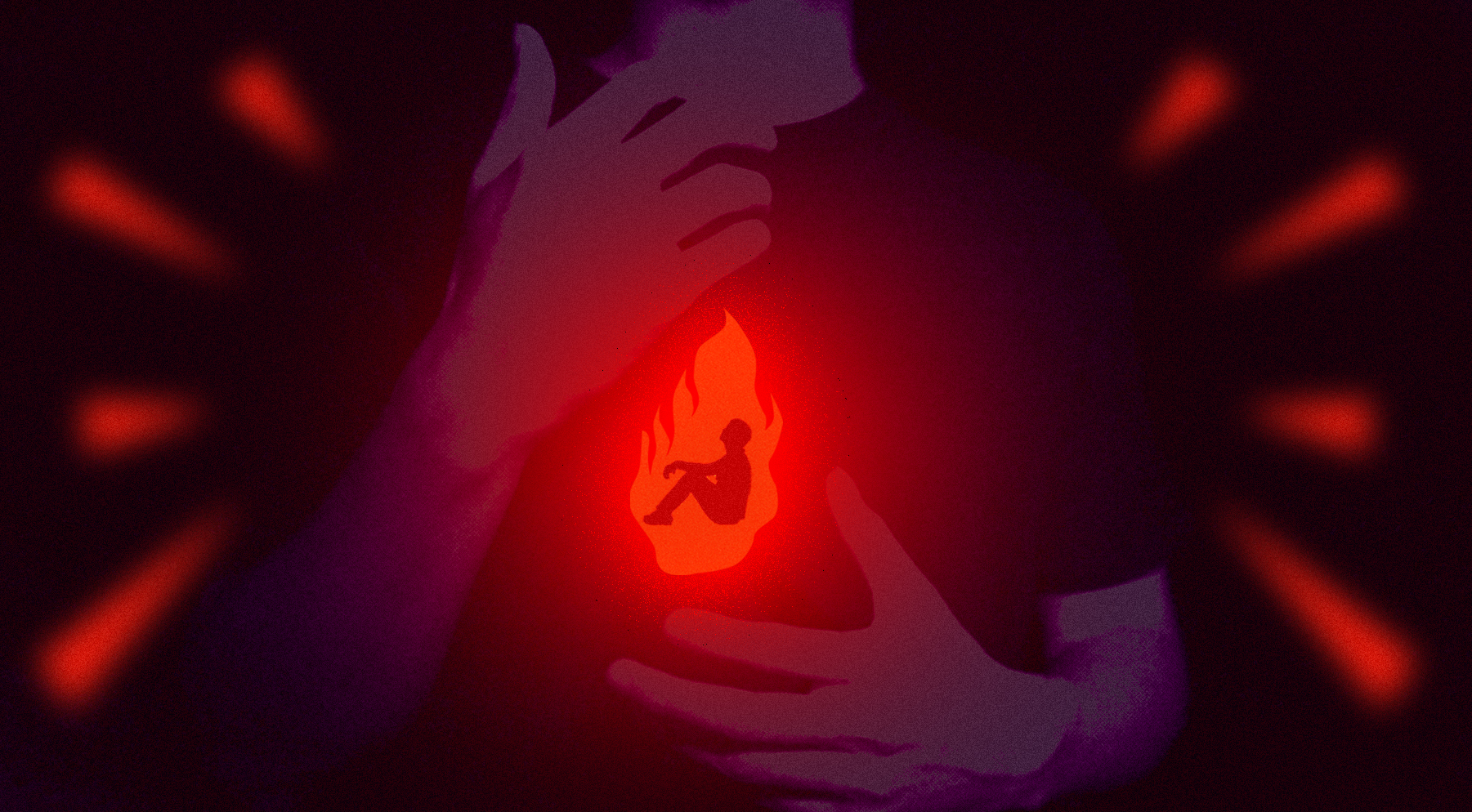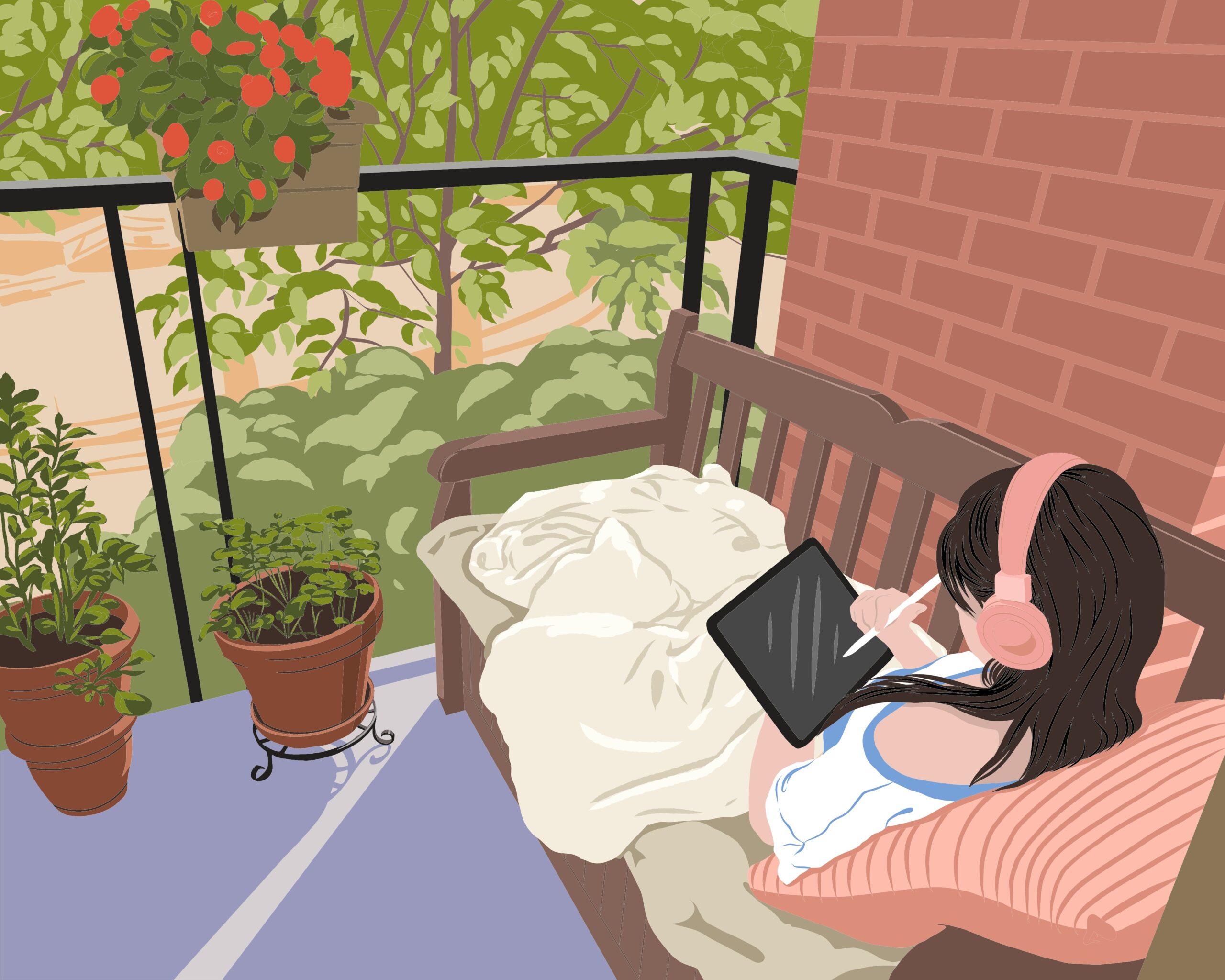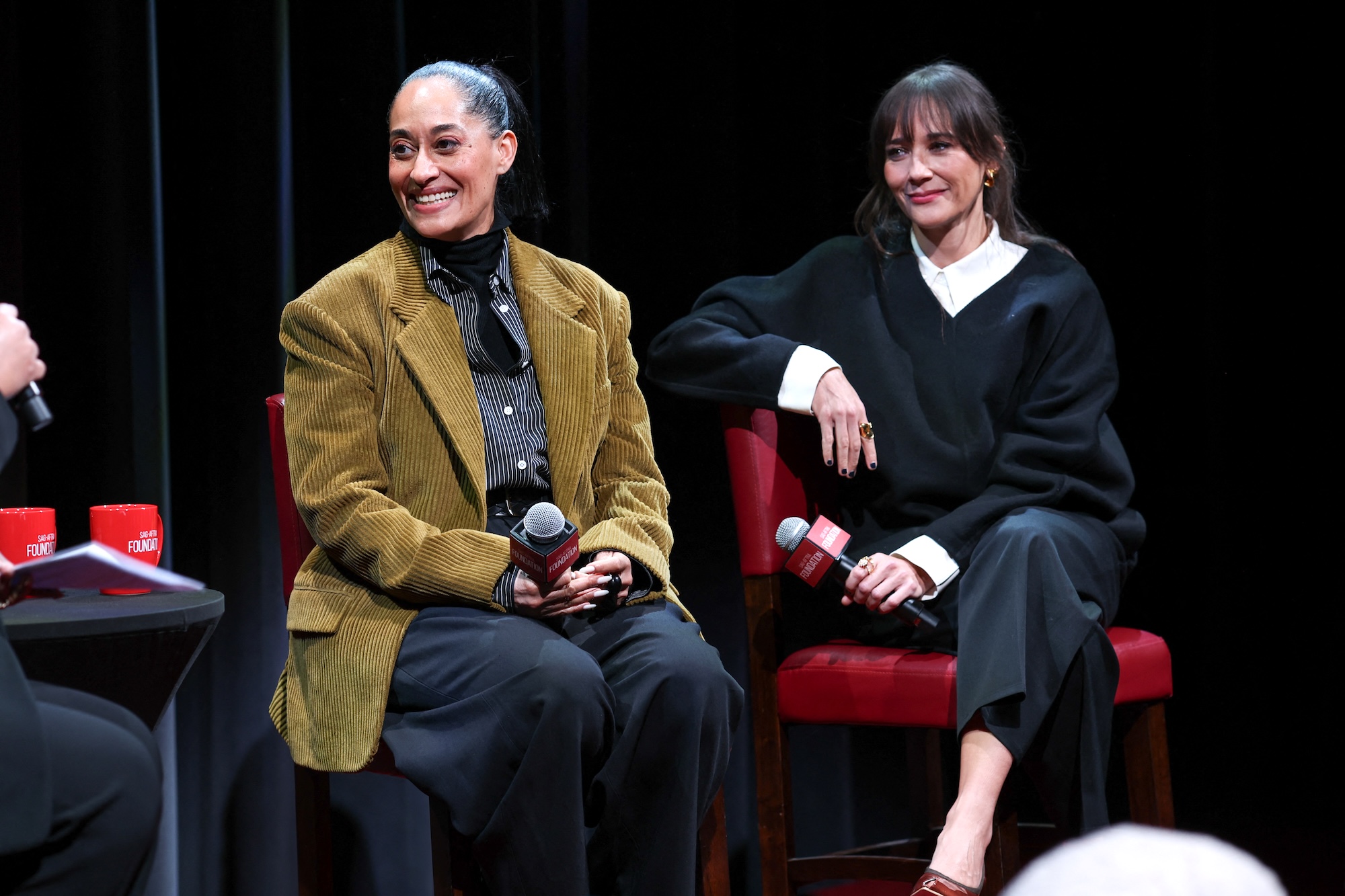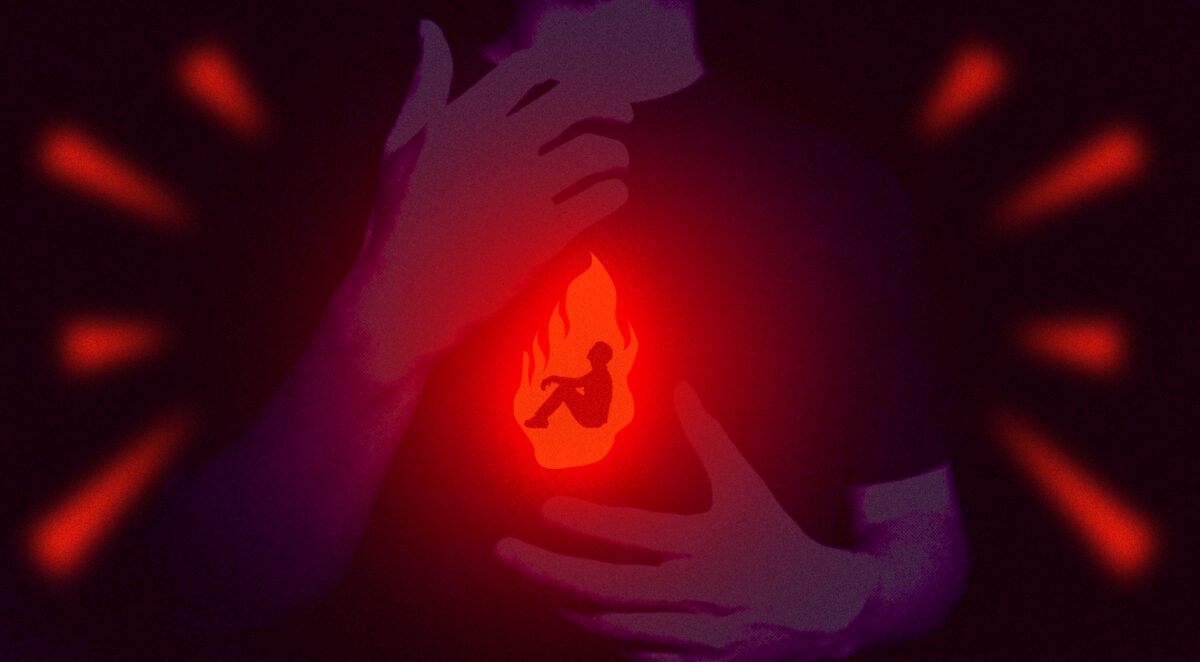The pandemic is here to stay for a year at best, possibly up to three years. We haven’t really seen the peak yet.
When we say we’re aiming to flatten the curve, we don’t really expect it to be completely flat. That will never happen. We just want to prevent sudden surges of cases that would be beyond the health-care system to accommodate.
We have only around 20,000 hospital beds in the NCR, currently the epicenter of the outbreak in the country. These can’t all be allocated for new coronavirus disease (COVID-19) patients. The hospitals have to accommodate other cases, such as heart attacks, heart failure, strokes, exacerbations of chronic obstructive disease, gastroenteritis, etc.
Patients with these conditions are somehow being compromised because there might be no vacancies in the hospital due to COVID-19 admissions. They’re the collateral damage. The Department of Health (DOH) should be monitoring the deaths caused by these deadly diseases.
We might be so focused on COVID-19 that we unwittingly relegated to the background other diseases which kill more than half a million Filipinos annually.
If we save 10,000 Filipinos from dying of COVID-19 but lose an additional 100,000 Filipinos to noncommunicable diseases, it doesn’t seem to be a logical public health equation.
At most, the hospitals could allocate perhaps only a third of their hospital beds for COVID-19 patients. That’s around 7,000 beds. That’s already the level we’re at if you look at the daily stats being released by the DOH.
Fortunately, not all of them will need confinement. We’re prioritizing testing of the more severe and symptomatic ones, so most likely, only half of these cases would need confinement.
It would seem we still have slack, but look again—the stats we get are only the confirmed cases. If you include what we used to call persons under investigation, we have an equal number of around 7,000. Presuming that half of them would require confinement, then we’re nearing our hospitals’ maximum capacity. Several big private hospitals have already declared full capacity and can no longer admit new patients.
Doubling time
It’s critical, therefore, to maintain a doubling time of around 15 days, preferably longer, because this is the average stay of a COVID-19 patient in the hospital. At least, if we maintain it at this level, we can have a just-in-time relief, such that as new patients come requiring hospitalization, previous patients will have already recovered and could be discharged from the hospital.
The Spanish flu of 1918 lasted almost three years, with three waves. When people let their guard down after the first wave subsided, it came back with a vengeance, and the second wave killed the most number of people.
At the end of the pandemic, 50 million people died worldwide, and that was when the world population was a lot less dense. I wouldn’t even dare project how many would die if the same fate befell the world with COVID-19.
It’s not intended to push us further into a state of germophobia and paranoia, but instead to convince us to reset our mindset on how we should behave when the quarantine is gradually lifted.
COVID-19 has really changed the entire landscape and rewritten the script of how we should go about our daily routine.
Here are new facts of reality that we must learn to accept as our new normal.
No ‘beso-beso’
1. There will be no more parties or reunions. A gathering of more than 10 persons will be too big for comfort and safety.
2. The face mask will be an essential part of our protective gear. At work, while shopping or even at home, it should be worn all the time.
3. Handshakes, beso-beso and hugs for greetings will be a thing of the past. There will be new ways of showing affection.
4. Intimacy between couples may require some “safety adjustments,” too.
5. Binge shopping will be a crime. It will be back-to-basics shopping, only what we really need.
6. Dining out will have to be done only occasionally. Restaurants will have to rearrange their tables to maintain safe distances among diners.
7. Home cooking and dining will be the norm. Unfortunately, chatting while eating will have to be minimized, and the prescribed distance will have to be observed, too. So, for those with big families and/or small tables, dining may be done in batches.
8. Workplace protocols will have to be revised to conform with safety precautions on social distancing, hygienic measures with alcohol at the entrance, and temperature screening before entering the building.
9. High-risk individuals like seniors (65 years and older), long-standing diabetics, hypertensives, heavy smokers and those with established cardiovascular diseases, chronic lung diseases, bronchial asthma, chronic kidney disease and other serious medical conditions should work from home, or file a modified sabbatical, or avail themselves of early retirement. The high-risk group has a death rate of 8-14 percent should they catch COVID-19.
Those younger than 60 and have no risk factors have one in 80-100 chances of dying should they get COVID-19; those younger than 50 have a risk of one in 330, and for those below 40, it’s around 3-5 in 10,000.
10. Face-to-face conferences and annual conventions of big professional organizations will have to be deferred indefinitely. Teleconferences, webinars and podcasts should be able to fill in the learning gap.
11. Creative, safer and more cost-effective ways to provide mass transportation will have to be designed by the government. This may have to be modified in relation to work shifts resorted to by big companies and factories, so as to disperse or also “flatten” the peak hours of mass transport.
12. Looking forward to the next holiday travel? Enjoying the plants, birds and bees in your garden, or a leisurely walk in the park, may release the same feel-good hormones (dopamine and oxytocin) as travel for leisure does. It’s a simple mindset trick. You just have to accept it as the new reality. INQ












































